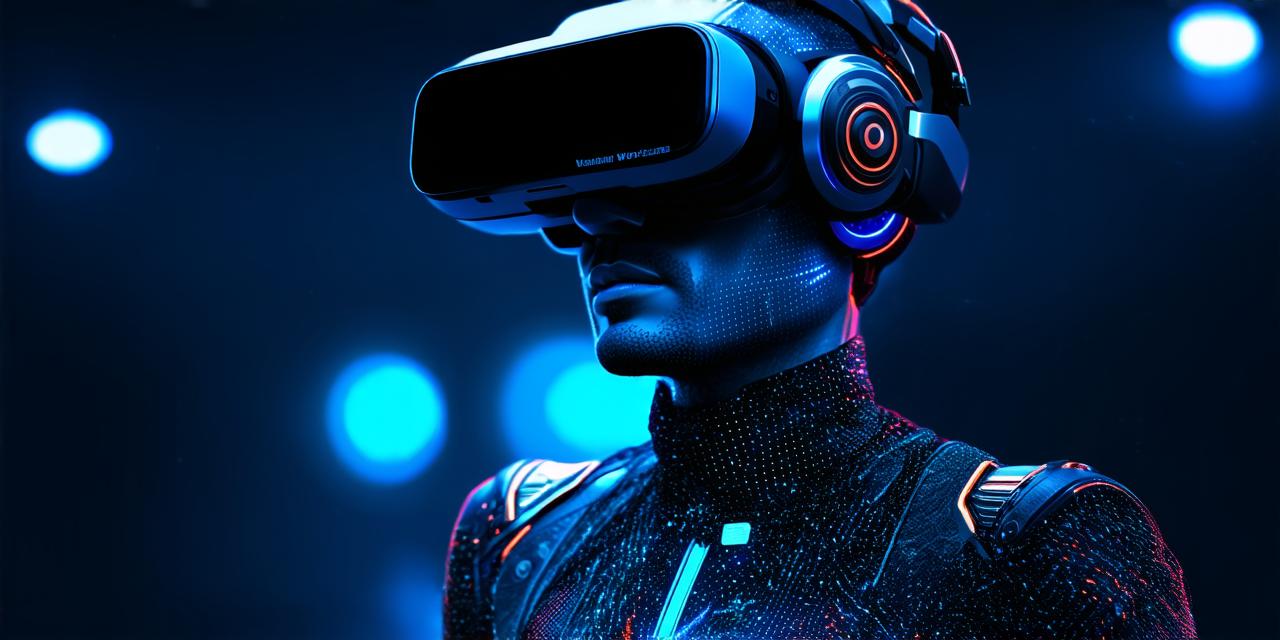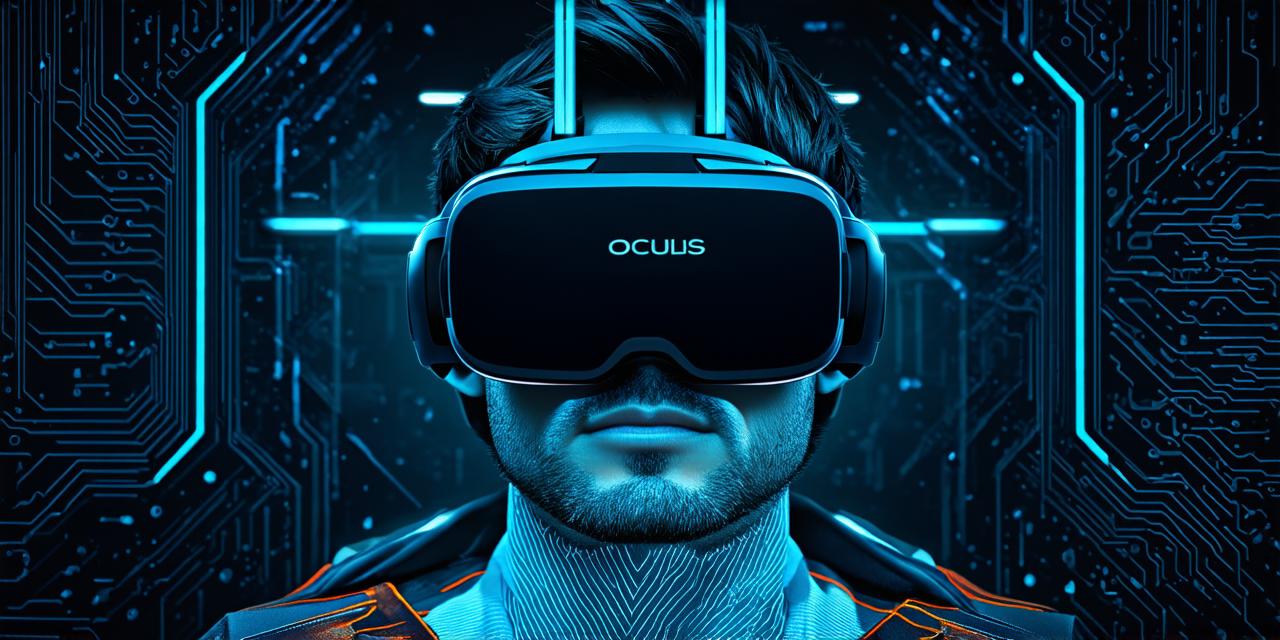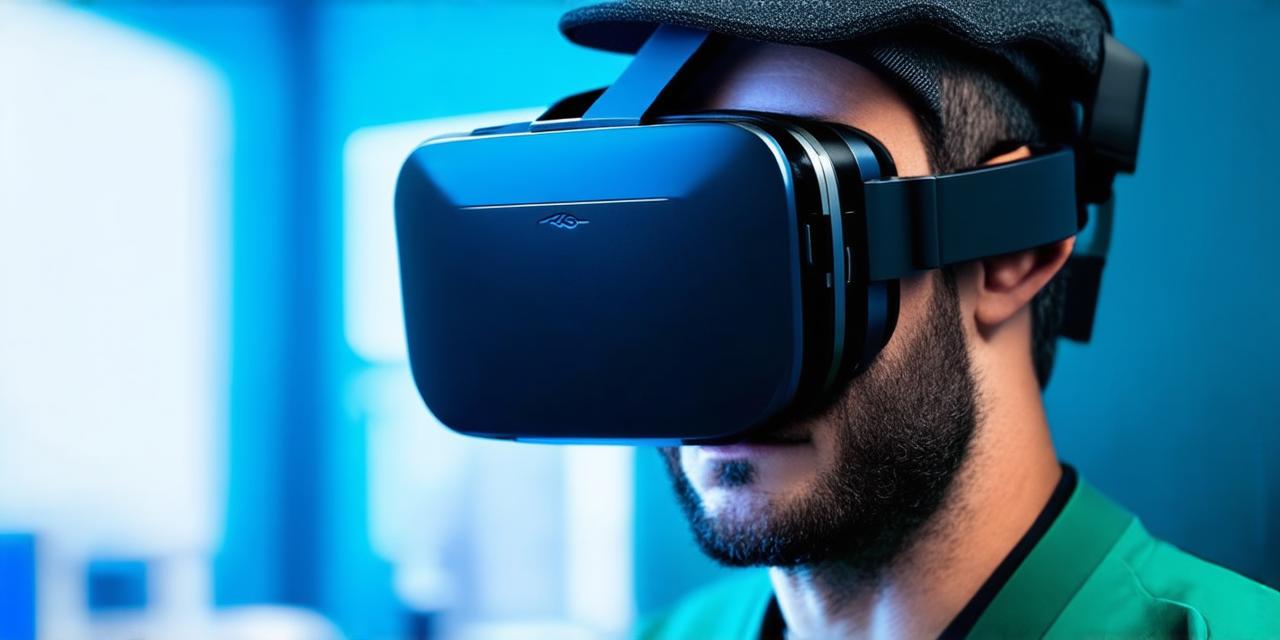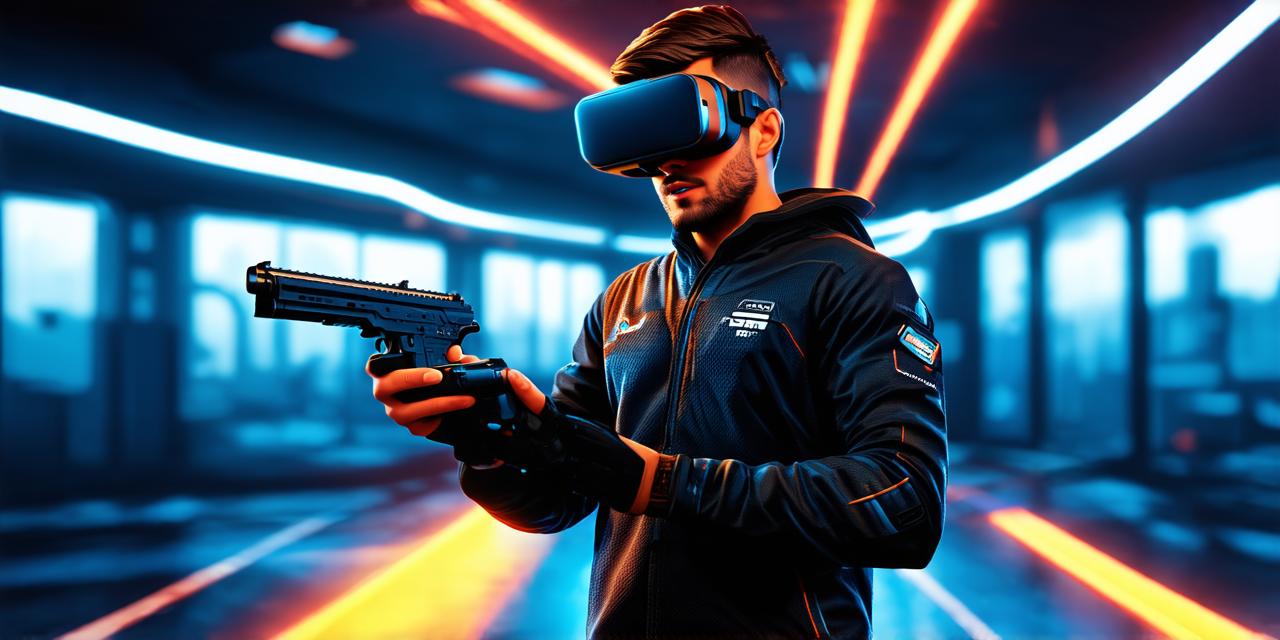Understanding the Basics of Virtual Reality
Virtual reality is a computer-generated simulation that is experienced through specialized devices such as VR headsets. These headsets typically consist of a display screen, sensors, and lenses that create a 3D image in front of the user’s eyes. This illusion creates a sense of presence and immersion that makes the user feel as though they are in a real environment.
Motion controllers are another important component of VR systems. They allow users to interact with virtual objects by tracking their hand movements and translating them into in-game actions. Sensors, such as accelerometers, gyroscopes, and magnetometers, track the user’s movement and adjust the image accordingly.
Applications of Virtual Reality
Virtual reality has a wide range of applications across various industries. Some of the most common applications include:
- Gaming – VR gaming is one of the most popular applications of virtual reality.
- Training and Simulation – VR technology is being used for training in various fields such as medicine, aviation, and military. By providing realistic simulations, VR allows individuals to practice skills and make mistakes in a safe environment.
- Education – Virtual reality can provide an interactive and engaging learning experience that helps students understand complex concepts more easily. For example, VR can be used to teach anatomy by allowing students to explore the human body in a 3D environment.
- Architecture and Design – VR allows architects and designers to create and visualize their projects in a realistic 3D environment. This can help them make more informed design decisions and save time and resources during the construction process.
- Real Estate – Virtual reality can be used to provide potential buyers with a realistic preview of properties they are interested in. This can save time and money for both the buyer and seller.
- Entertainment – Virtual reality is also being used in entertainment to create immersive experiences such as virtual concerts, movies, and amusement parks.
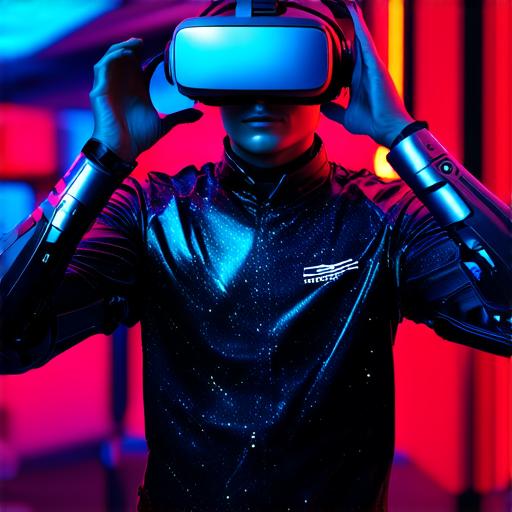
Virtual Reality vs Augmented Reality
While virtual reality and augmented reality are often used interchangeably, they are two different technologies with distinct differences.
Augmented reality is an overlay of digital information on top of the real world. It uses cameras and sensors to track the user’s location and display digital content in their field of view. AR can be experienced through a smartphone or tablet using AR apps, such as Pokemon Go or Snapchat filters.
On the other hand, virtual reality is a fully immersive experience that blocks out the real world. VR devices create a simulated environment that the user experiences through specialized headsets and sensors.
Real-Life Examples of Virtual Reality in Action
Virtual reality has already found its place in various industries, and we are likely to see even more innovative uses of VR in the future. Here are some real-life examples:
- Medical Training – In 2018, a study published in the journal “Science” demonstrated the effectiveness of virtual reality in medical training. The study found that VR simulations improved the accuracy and speed of surgical procedures.
- Tourism – Virtual reality can be used to provide travelers with a realistic preview of destinations they are interested in. This can save time and money for both the traveler and tourism industry.
- Fitness – Virtual reality can be used to create immersive fitness experiences that make exercising more engaging and fun. For example, VR-based fitness games allow users to ride bikes or perform yoga in virtual environments.
- Real Estate – As mentioned earlier, virtual reality can be used to provide potential buyers with a realistic preview of properties they are interested in. This can save time and money for both the buyer and seller.
- Education – Virtual reality can be used to create immersive educational experiences that help students understand complex concepts more easily. For example, VR can be used to teach physics by allowing students to explore the behavior of objects in a 3D environment.
Common Misconceptions About Virtual Reality
Despite its potential, virtual reality is still a relatively new technology, and there are some common misconceptions about it that need to be addressed. Here are a few:
- Virtual reality is only for gamers – While gaming is certainly one of the most popular applications of VR, it is not the only one. VR has a wide range of applications in fields such as medicine, education, and architecture.
- Virtual reality is expensive – While high-end VR systems can be expensive, there are also many affordable options available. For example, VR-based fitness games and educational apps can be experienced on smartphones or tablets without the need for specialized equipment.
- Virtual reality makes people feel sick – This is a common complaint among people who have tried virtual reality for the first time. However, this “motion sickness” can often be prevented by adjusting the settings of the VR system or by using motion sickness medication.
Conclusion
Virtual reality and augmented reality are two exciting new technologies that are changing the way we experience the world around us. While they have some similarities, they also have distinct differences that make them suitable for different applications. As virtual reality continues to evolve, we can expect to see even more innovative uses of this technology in various industries.
